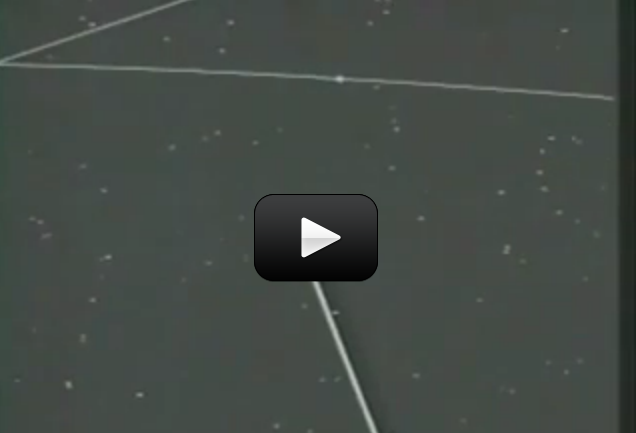Voyager Mission
In 1977, NASA launched two small spacecraft called Voyager 1 and Voyager 2. Weighing only 800 kgs each, they collected a wealth of scientific data and thousands of photographs of the four giant planets in our Solar System. After visiting Jupiter and Saturn, Voyager 1’s trajectory left the ecliptic plane in order to photograph Saturn’s moon Titan. This meant that Voyager 1 would not visit any other planets. However, Voyager 2 continued on to visit Uranus and Neptune. Still today, Voyager 2 is the only spacecraft to have visited these two “ice giants” and their moons.
Both Voyagers are still in operation and providing unprecedented data that engineers and scientists using today to understand space. Both are expected to last until 2020-2025, at which time their atomic battery life will no longer support their electrical systems.
Pioneer 10
Launched on March 2, 1972, Pioneer 10 was the first spacecraft to travel through the asteroid belt, and the first spacecraft to make direct observations and obtain close-up images of Jupiter. Pioneer 10 is now coasting silently through deep space (its last transmission was in 2003) toward the red star Aldebarran (the eye of Taurus the Bull), a journey of over 2 million years. Originally intended as a 21-month program, this 30-year mission has more than paid for itself with discoveries and science.
Mariner 10 was a robotic space probe launched on 3 November 1973 to fly by the planets Mercury and Venus. It was launched approximately 2 years after Mariner 9 and was the last spacecraft in the Mariner program (Mariner 11 and 12 were re-designated Voyager 1 and Voyager 2). The mission objectives were to measure Mercury’s environment, atmosphere, surface, and body characteristics and to make similar investigations of Venus. Secondary objectives were to perform experiments in the interplanetary medium and to obtain experience with a dual-planet gravity-assist mission.
During its flyby of Venus, Mariner 10 discovered evidence of rotating clouds and a very weak magnetic field.
Mariner 10 flew past Mercury three times in total. Owing to the geometry of its orbit — its orbital period was almost exactly twice Mercury’s — the same side of Mercury was sunlit each time, so it was only able to map 40-45% of Mercury’s surface, taking over 2800 photos. It revealed a more or less moon-like surface. It thus contributed enormously to our understanding of the planet, whose surface had not been successfully resolved through telescopic observation.


Instead of using the terms up, down or sideways It would be more accurate for astronomers to say that the axis of rotation on Uranus is different from other planets in our solar system and it “appears” to rotate on its side in reference to earth’s rotation.
No, gas giants are very dense and may still have a solid core. Any spacecraft that goes too deep into the atmosphere would break apart or be crushed by immense pressure.
yes that could be true and not be true becous the main rule in space is there is no up or down so you cant determin the axis of any planet except earth becaus we live on it but if you were able to stand on any of those planets then you might be able to determin the axis get what i’m saying
True, there is no up or down in space. However, we do find that, most planets and the sun rotate on axes that share a common “up/down” direction. Uranus is almost 90 degrees off from that common direction, so we say that is spins on its “side”.
why do astronemers say uranase spins on its side when there is no up or down in space?
can you fly a spacecraft throgh the gas giants
That is the planet Uranus.
whats the blue planet with the ring around it
No, humans have not flown to any planets yet. Only to Earth’s Moon.
has anybody flown to these planits